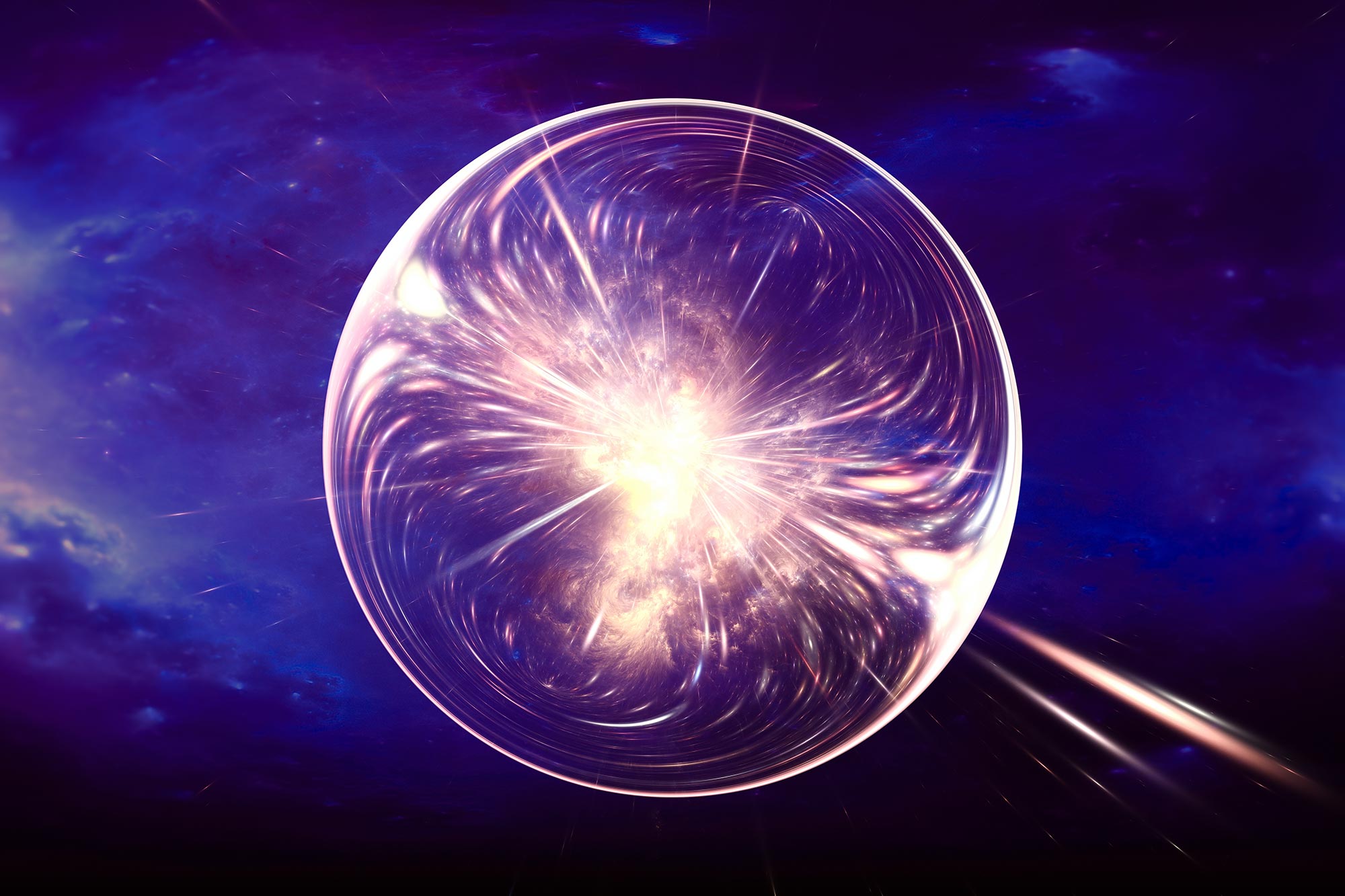CERN Utilizes AI for Rare Higgs Boson Decay Search
CERN's CMS experiment has deployed advanced AI and machine learning techniques to search for extremely rare Higgs boson decays, achieving unprecedented precision and new constraints on elusive decay channels.

CERN's Compact Muon Solenoid (CMS) experiment has taken a significant leap in particle physics by integrating artificial intelligence (AI) and machine learning algorithms into its search for rare Higgs boson decays. This initiative represents one of the most ambitious efforts yet to probe the Higgs boson's elusive interactions, especially its decays into charm quarks—a process so rare that it has been deemed nearly impossible to observe with conventional analysis methods.
AI-Powered Hunt for the Higgs
The CMS team utilized sophisticated machine learning models to sift through massive datasets generated by proton-proton collisions at the Large Hadron Collider (LHC). These collisions produce billions of events, but only a minuscule fraction may contain evidence of the Higgs boson decaying in rare ways. By training AI systems to recognize subtle patterns and distinguish signal from overwhelming background noise, researchers have pushed the sensitivity of their searches to new levels. According to official statements, this approach has resulted in the most stringent limits yet on the Higgs-to-charm decay channel.
Scientific and Technological Breakthroughs
The AI-driven analyses have allowed physicists to explore Higgs decays with unprecedented precision, setting tighter constraints on the frequency of these rare events. This is crucial for testing the Standard Model of particle physics and searching for signs of new physics beyond it. The results were presented at major conferences in 2025, with the CMS collaboration highlighting the role of AI in reconstructing challenging decay signatures, such as those involving photons that might otherwise be lost in the detector.
The deployment of AI is not limited to charm quark decays. CMS has also reported advances in detecting other rare decay channels, including those that could signal physics beyond the Standard Model, such as possible flavor-violating decays and low-mass resonances. The integration of state-of-the-art data acquisition and processing systems has been essential to handle the vast computational demands of these analyses.
Implications and Future Directions
While no definitive observation of the rare Higgs-to-charm decay has been made yet, the new upper limits imposed by the CMS experiment are the tightest to date. These findings narrow the window for theoretical models that extend the Standard Model and provide guidance for future searches. The success of AI in this domain is expected to accelerate the adoption of machine learning across high-energy physics, potentially leading to more discoveries in the next LHC runs.
The use of AI in the search for rare Higgs decays underscores a broader trend in science, where advanced computational tools are increasingly central to extracting meaningful results from complex, high-volume data. As CERN prepares for even higher-luminosity runs and more challenging searches, AI is poised to remain at the forefront of experimental innovation.